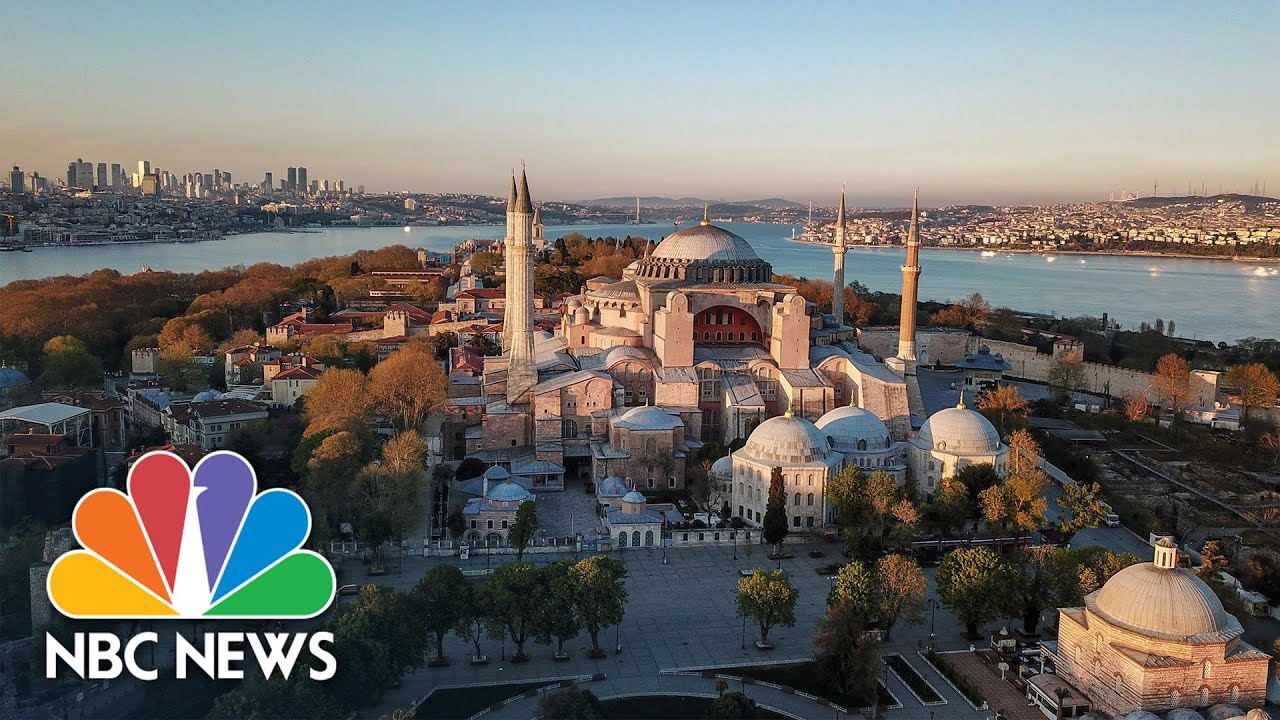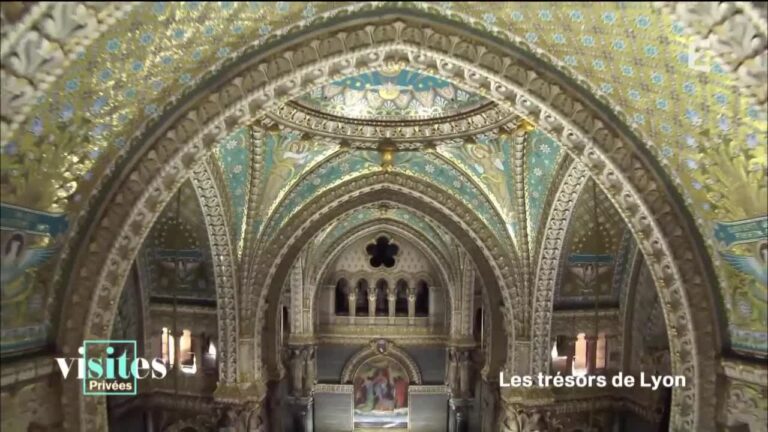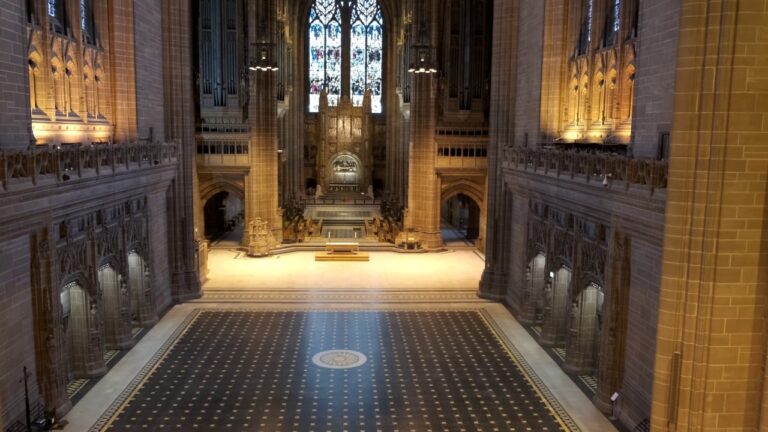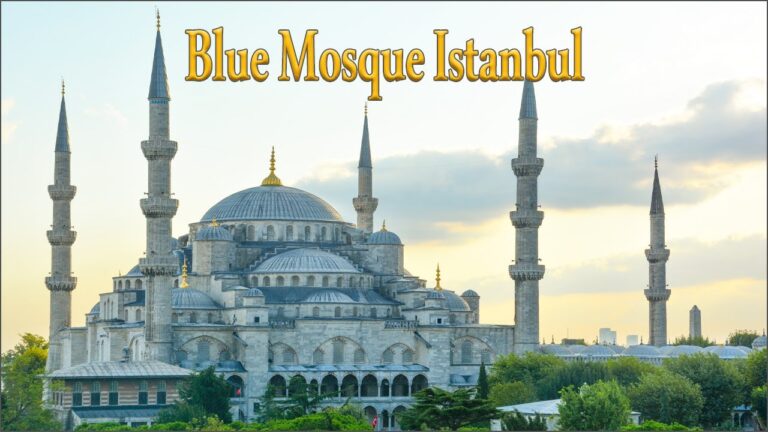The Aya Sofya Mosque is an iconic building located in Istanbul, Turkey. It is an impressive structure that has been standing for more than 1500 years and is considered to be one of the most important architectural and cultural landmarks in the world. The building is a stunning example of Byzantine architecture and has been the focus of many major historical events.
History
The Aya Sofya Mosque was originally built as a Christian basilica in the 6th century AD by the Emperor Justinian. It was the largest church in the world at the time and is still one of the largest in the world today. The building was the seat of the Orthodox Patriarchate of Constantinople for nearly 1000 years and was the center of religious and political power in the Byzantine Empire.
In the 15th century, the Ottoman Turks conquered Constantinople and the building was converted into a mosque. It was renamed Aya Sofya, which means “Holy Wisdom” in Turkish. The building underwent extensive renovations and additions during the Ottoman period, including the construction of four minarets. The Aya Sofya Mosque is still an active mosque today and is one of the most important religious sites in Turkey.
Architecture
The Aya Sofya Mosque is an impressive building that combines both Byzantine and Islamic architecture. The exterior of the building is made of white marble and is decorated with ornate carvings and sculptures. Inside, the building is filled with large columns and domes. The most striking feature of the mosque is the large central dome, which rises 55 meters (180 feet) above the ground.
The interior of the mosque is decorated with intricate mosaics and calligraphy. The most famous of these is the “Tree of Life” mosaic, which is a representation of the Garden of Eden. There are also many other works of art and artifacts inside the building, including a large marble fountain, a marble throne, and a library.
Significance
The Aya Sofya Mosque is an important symbol of both Turkish and Islamic culture. It is also a symbol of religious and cultural tolerance, as it has been used as a place of worship for both Christians and Muslims throughout its history. The building is also a popular tourist attraction and is one of the most visited sites in Istanbul.
Features
Interior
- Mosaics and Calligraphy
- Marble Fountain
- Marble Throne
- Library
Exterior
- White Marble
- Ornate Carvings and Sculptures
- Four Minarets
- Central Dome




